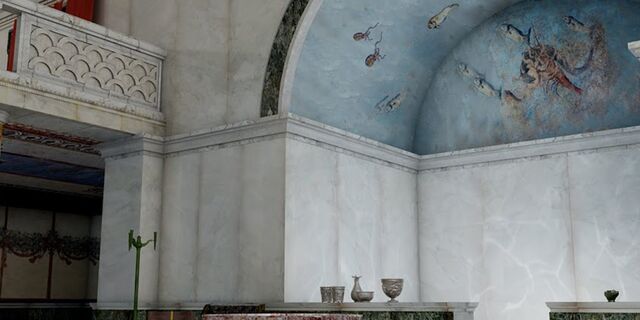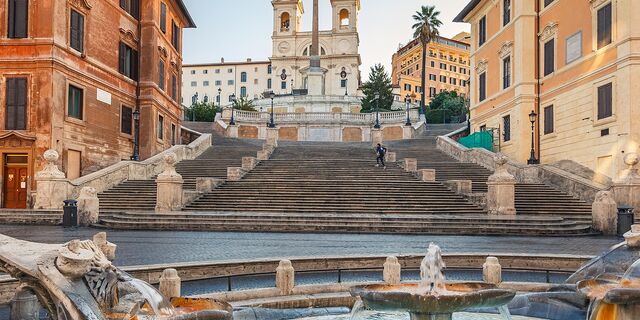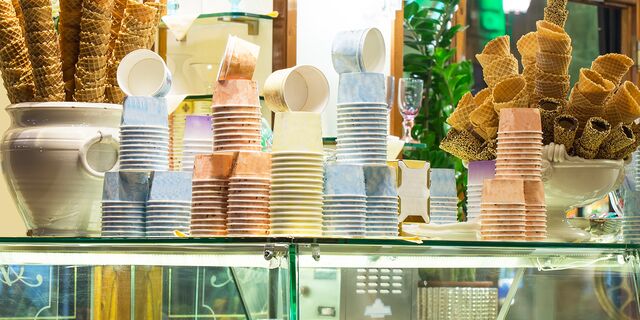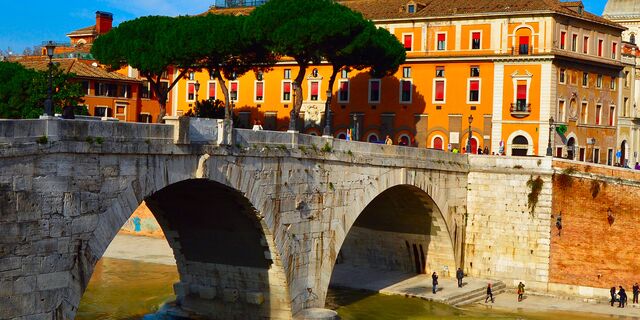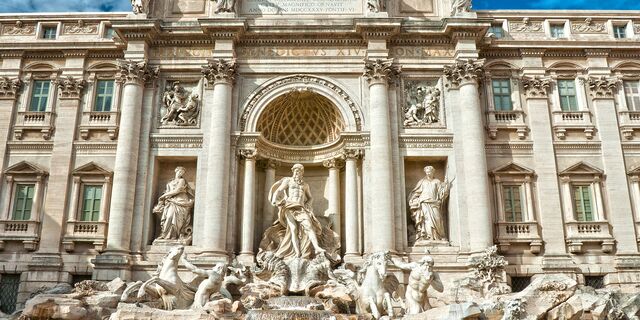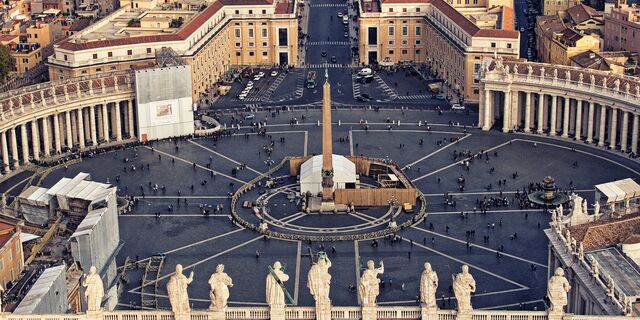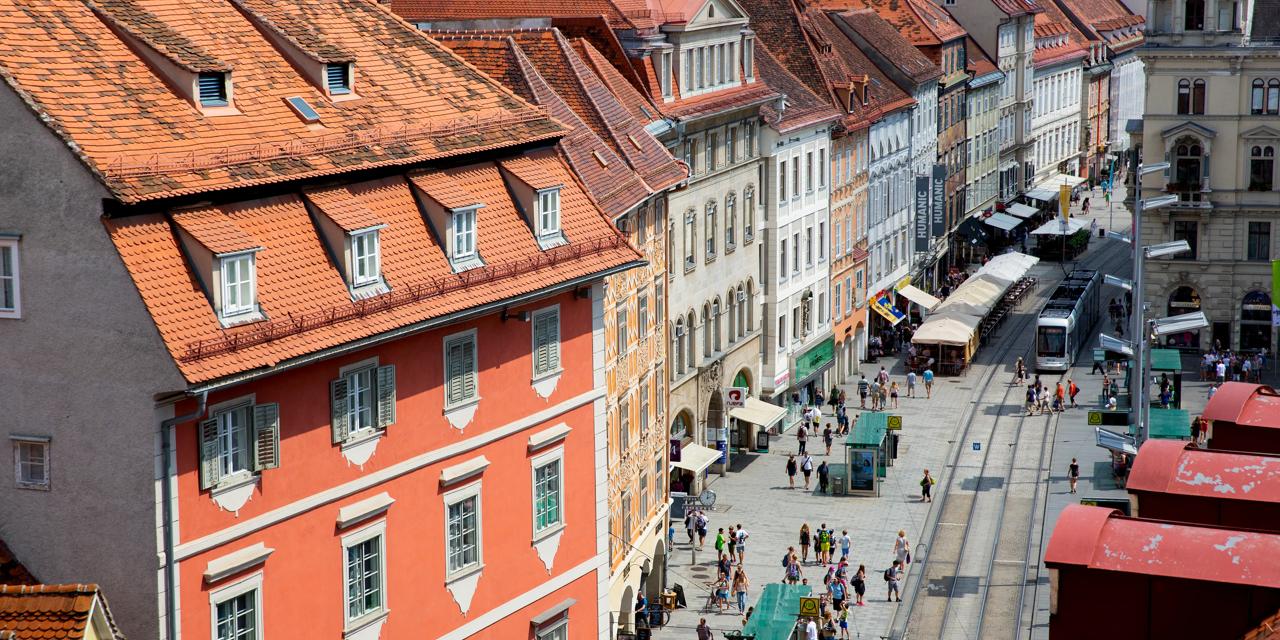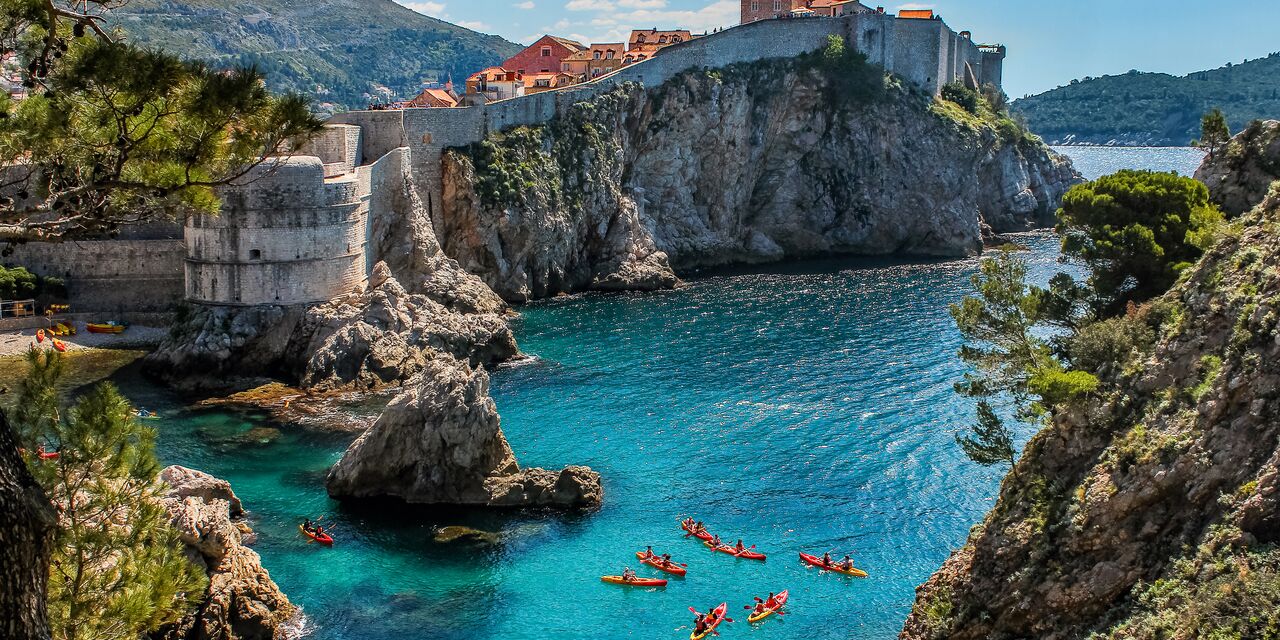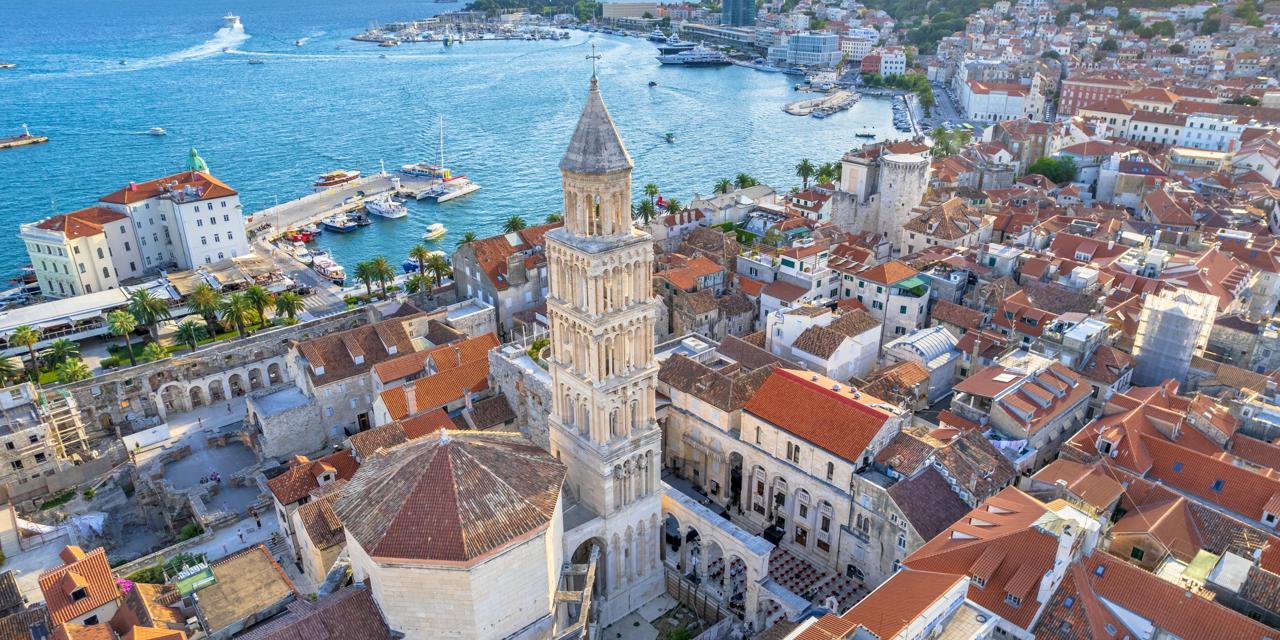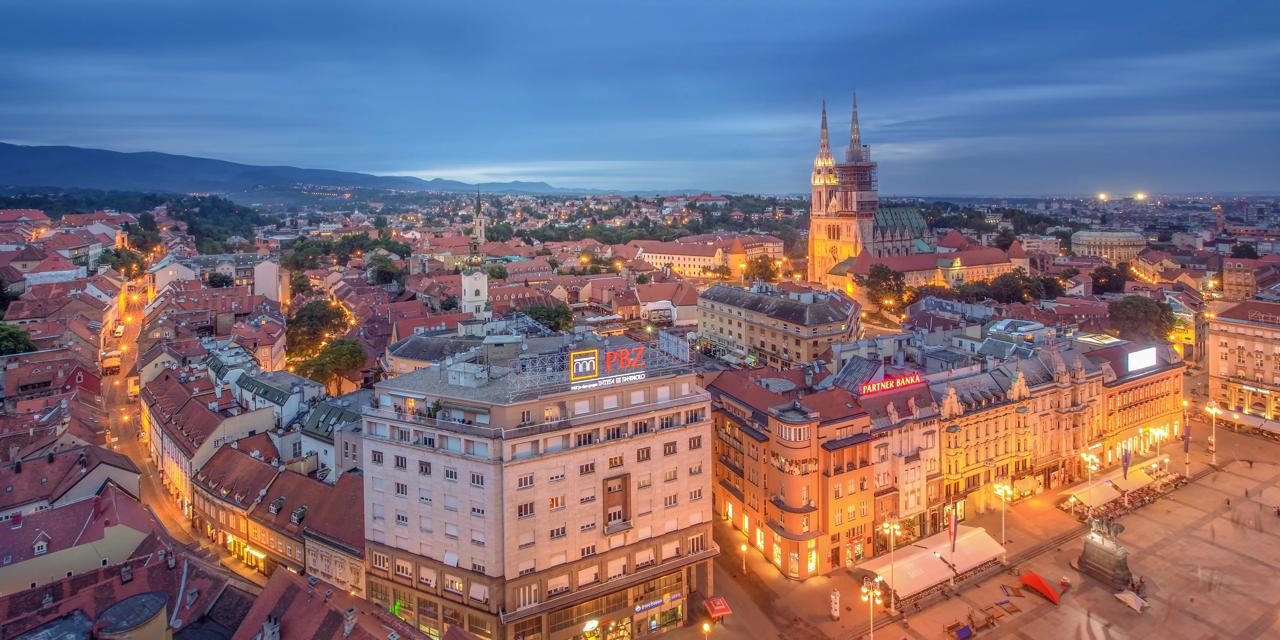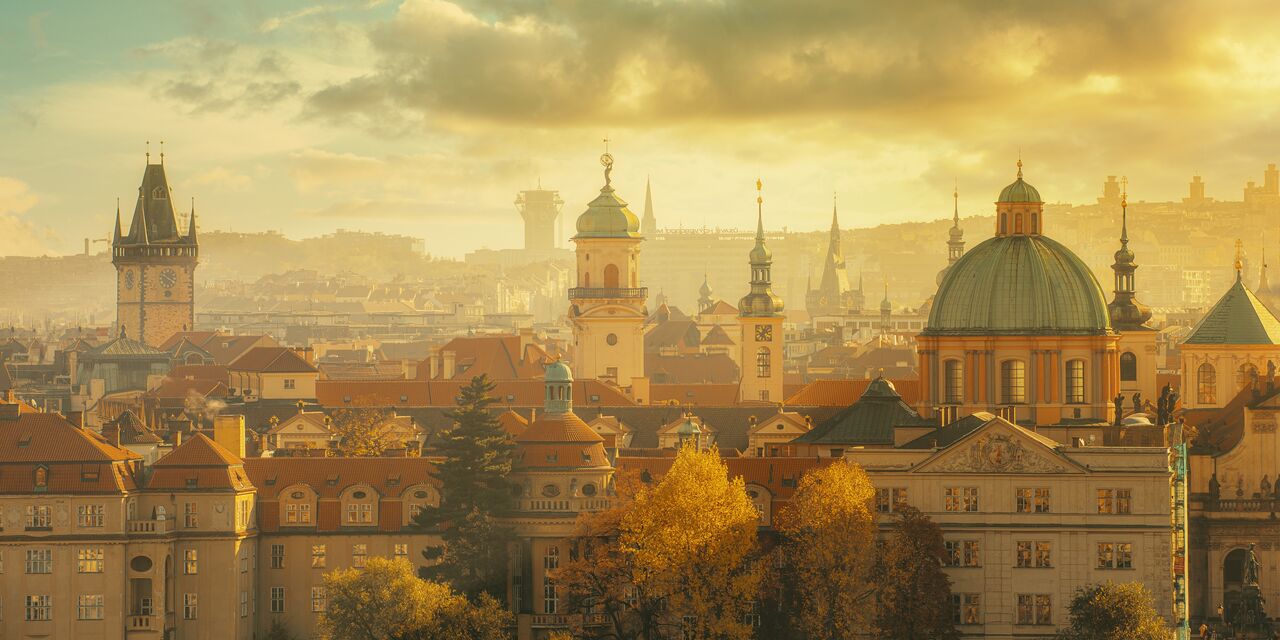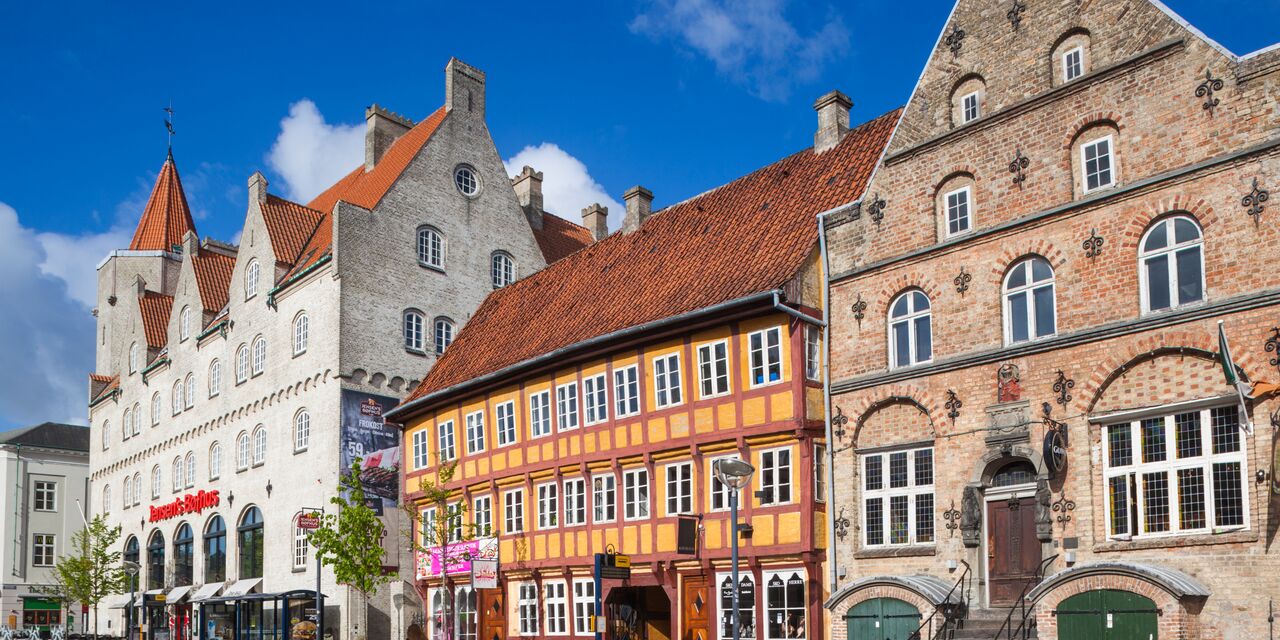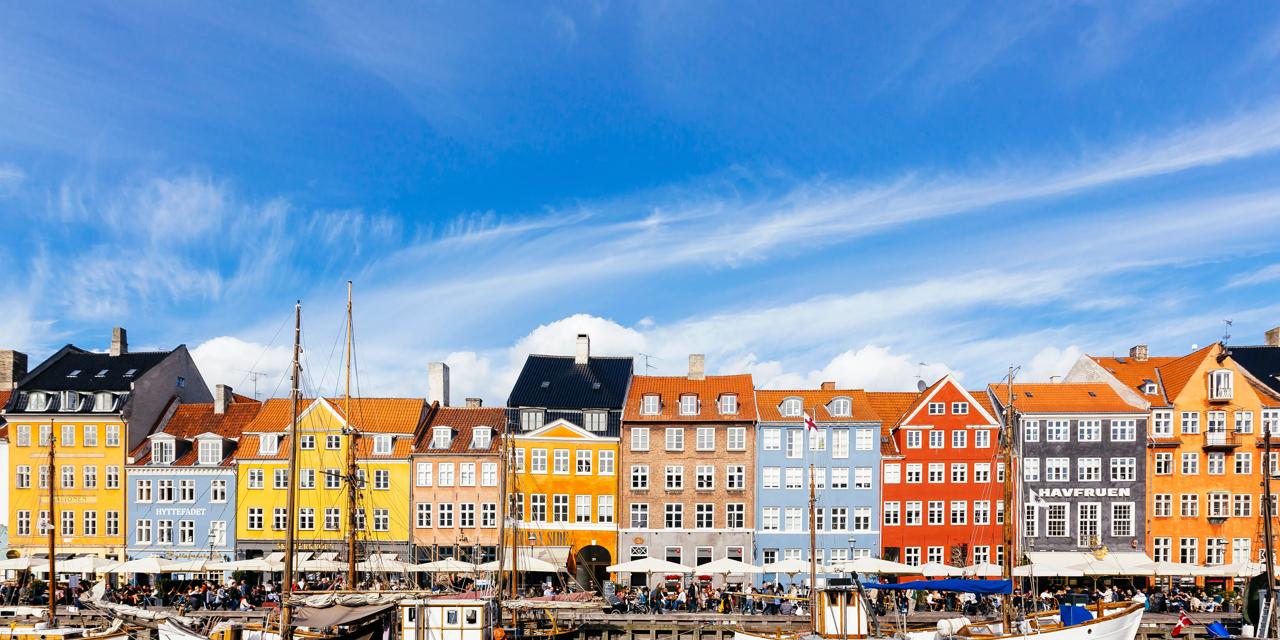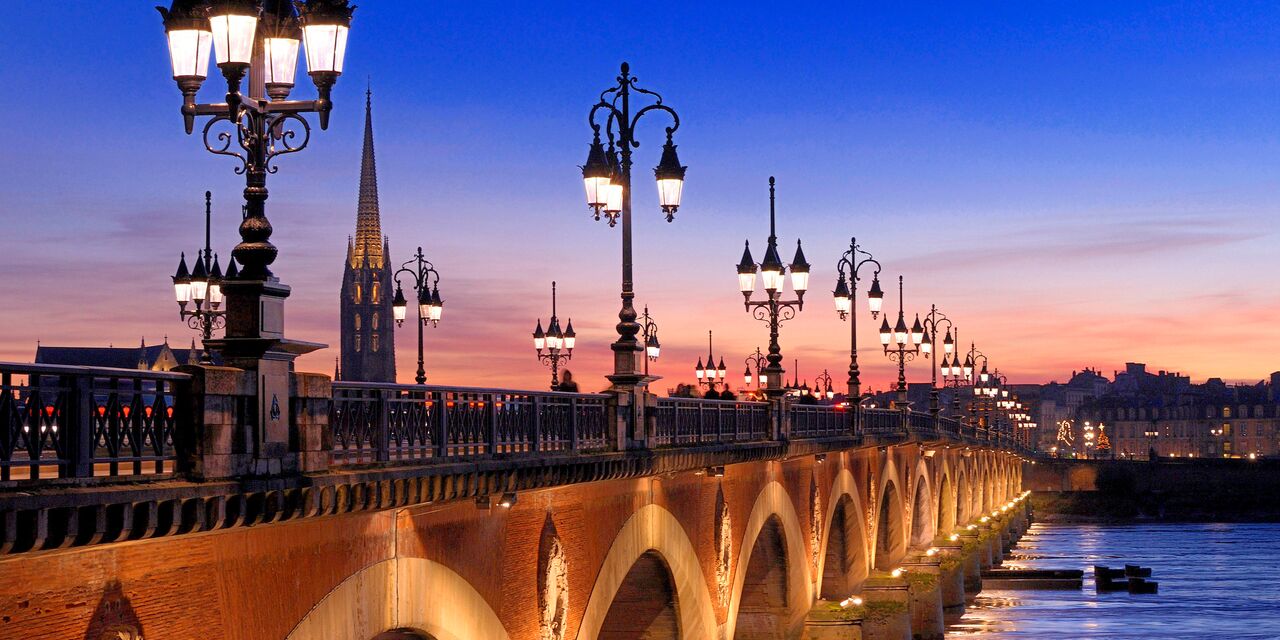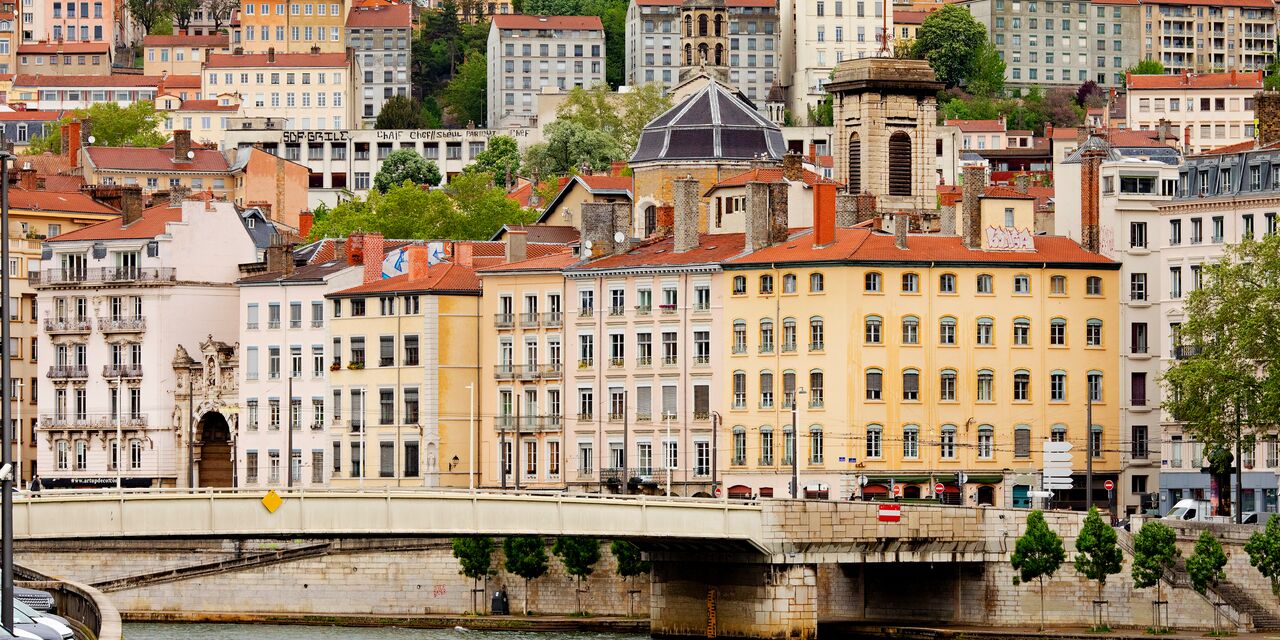The Pantheon
The mighty Pantheon – built in 27 B.C. – is the best preserved structure from the Roman era. In later centuries, the temple was used as a cemetery. 19th-century Italian kings Victor Emmanuel II and Umberto I were buried here, as well as painter Raphael. Later the Pantheon was transformed into a church.
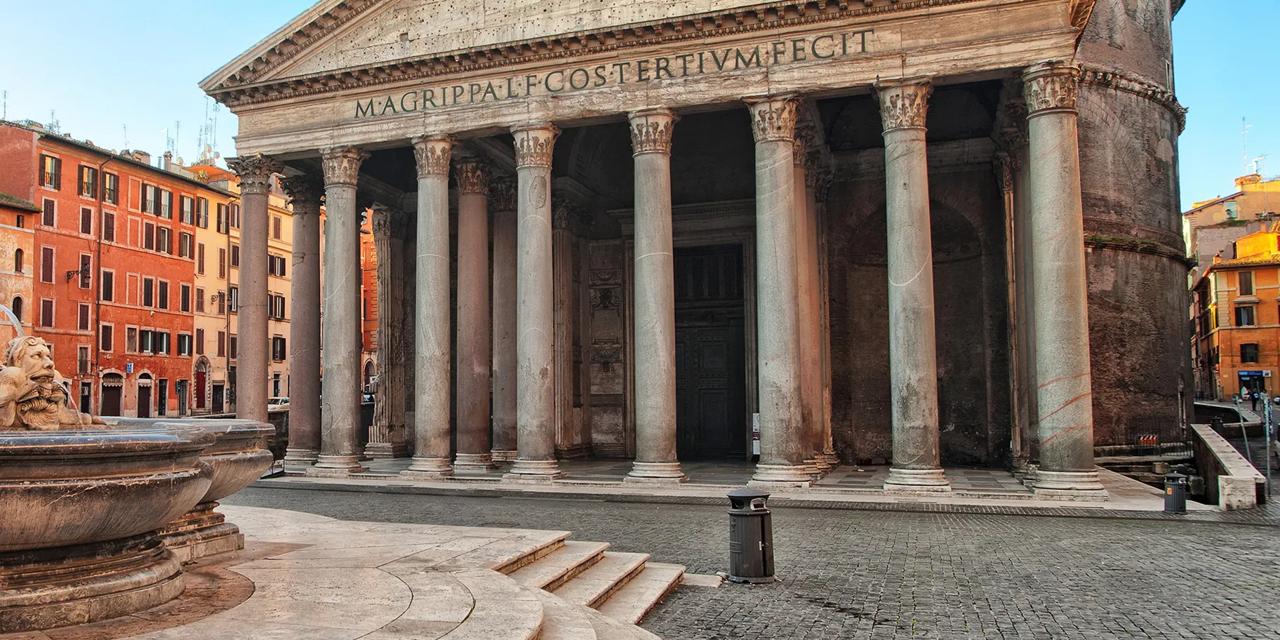

Melted to build cannons
The one thing that didn’t survive the centuries, however, is the Pantheon’s bronze roof. Pope Urbanus VIII had the bronze melted to create a canopy for Peter’s grave in St. Peter’s Basilica and cannons for the Castel Sant'Angelo. The large domed roof of the Pantheon is a fascinating phenomenon and a real masterpiece. In later days architects wondered how it was possible that the dome of non-reinforced concrete didn’t collapse under its own weight.
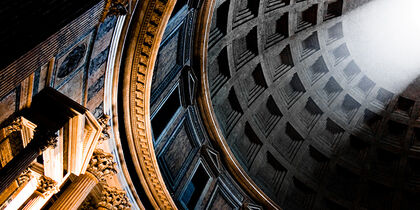
Hole in the roof
It was only much later in 1434 that Italian architect Brunelleschi was able to design a similar dome for the Santa Maria del Fiore in Florence. The secret of the Pantheon lies in its walls that gradually thin out towards the top. To reduce the weight, the architect added square recesses (cassettes). Finally there is a hole in the top to give the dome some room to move. So although sometimes it rains inside, sunlight is able to penetrate the Pantheon and light up its stunning interior.
Discover other destinations in Europe
*表示料金は大人1名様の料金です。金額はすべてJPY換算となります。 税金とサーチャージ込み。 予約手数料はかかりません。ただし、支払手数料が発生する場合があります。 表示されている価格は予約状況により、料金に変更が生じる場合があります。 お支払い方法をお選びいただく際に、正確な合計料金をご確認いただけます。
The weather forecast information is provided by World Weather Online. Air France-KLM is not responsible for the reliability of this data.


